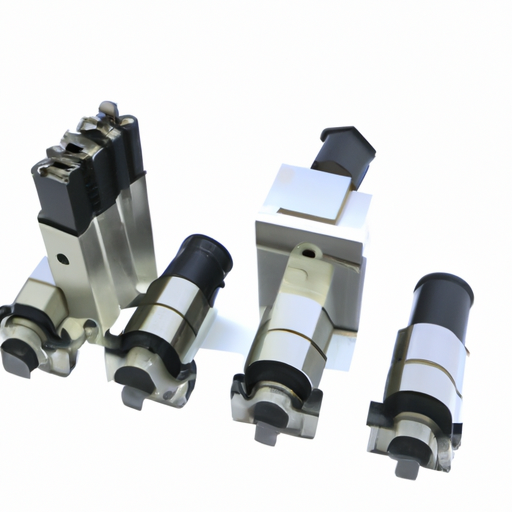Core Functional Technology of Bipolar Transistor Arrays
Bipolar transistor arrays, such as the CFR-25JB-52-100R, are essential components in modern electronics, offering several key functional technologies:

1. Integration of Multiple Transistors: These arrays house multiple transistors within a single package, significantly reducing the circuit footprint and simplifying PCB layout. This integration is particularly beneficial in compact electronic devices where space is at a premium.
2. Improved Performance: The transistors in these arrays are often matched for characteristics such as gain and threshold voltage, which enhances performance in precision applications. This matching is crucial in analog signal processing, where consistent performance is required.
3. Reduced Component Count: By consolidating multiple transistors into one package, bipolar transistor arrays lower the overall component count in a circuit. This reduction can lead to decreased manufacturing costs, simplified assembly processes, and improved reliability due to fewer solder joints and connections.
4. Thermal Management: Bipolar transistor arrays are designed to manage heat more effectively than discrete transistors. This capability is vital in high-power applications where thermal dissipation is a concern, ensuring that the transistors operate within safe temperature limits.
5. Versatility: These arrays can be configured in various ways (e.g., NPN, PNP) and are suitable for both analog and digital applications. Their versatility allows them to be used in a wide range of electronic designs.
Application Development Cases
1. Signal Amplification: Bipolar transistor arrays are widely used in audio and RF signal amplification. For example, in a high-fidelity audio system, they can amplify weak audio signals from microphones or instruments before further processing, ensuring high-quality sound reproduction.
2. Switching Applications: In digital circuits, these arrays serve as efficient switches. They are commonly used in relay driver circuits, where a small input signal can control larger loads, such as motors or lights, enhancing the functionality of control systems.
3. Analog Signal Processing: In instrumentation and sensor applications, bipolar transistor arrays can be integral to signal conditioning circuits. For instance, they can amplify and filter outputs from temperature or pressure sensors, improving the accuracy and reliability of measurements.
4. LED Drivers: In lighting applications, bipolar transistor arrays can drive LED arrays, allowing for precise control over brightness and color. By modulating the current through the LEDs, designers can create dynamic lighting effects for decorative or functional purposes.
5. Motor Control: In robotics and automation, bipolar transistor arrays are used to control small motors. They can switch motors on and off or adjust their speed by varying the input signal, enabling precise control in robotic applications.
6. Power Management: In power supply circuits, these arrays can regulate voltage and distribute power efficiently. They ensure that various components receive the correct voltage levels, which is critical for the stable operation of electronic devices.
7. Telecommunications: In communication devices, bipolar transistor arrays are employed in the front-end of receivers to amplify weak signals received from antennas. This amplification is crucial for maintaining signal integrity in wireless communication systems.
Conclusion
Bipolar transistor arrays like the CFR-25JB-52-100R are vital components in contemporary electronics, providing compact, efficient, and reliable solutions across a diverse array of applications. Their ability to integrate multiple transistors into a single package not only conserves space but also enhances performance and reliability in various electronic systems. As technology advances, the applications for bipolar transistor arrays are expected to grow, solidifying their role as essential components in the design of sophisticated electronic devices.